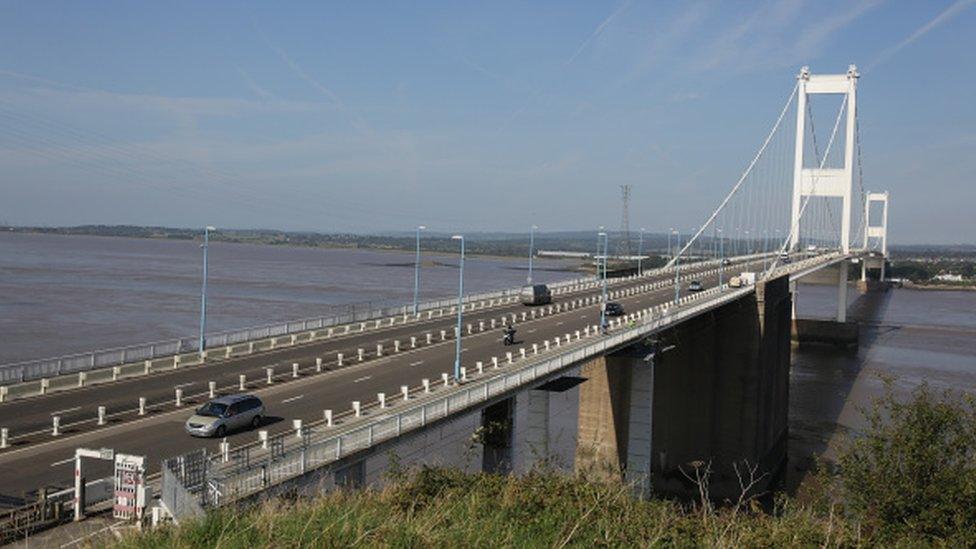Severn Bridge: Is it part of England or Wales?
- Published
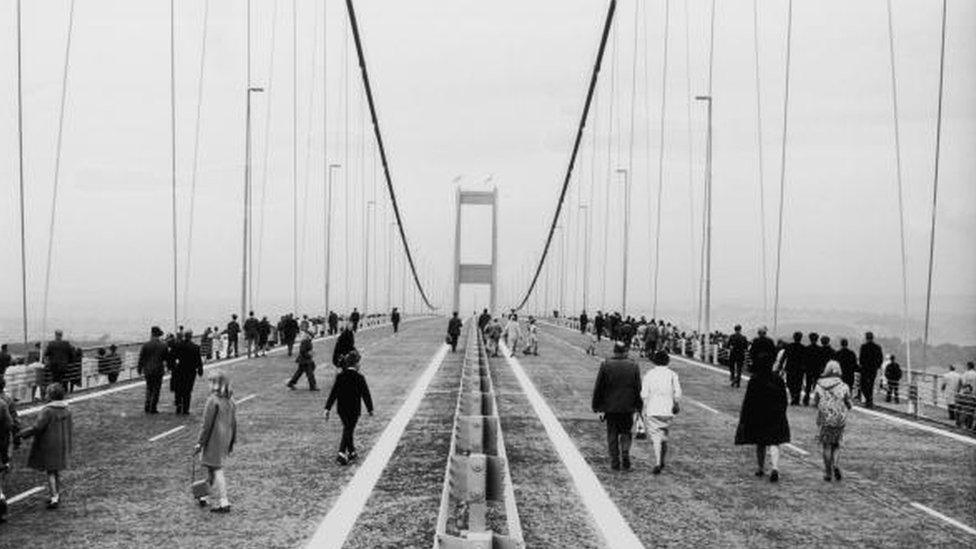
People were given the chance to walk along the original Severn Bridge after it was opened in 1966
To some it is a special area that is neither in Wales nor England, where journeying between the two sides has helped create a unique border identity.
Going between the two countries was done by boats and then trains, before a new £8m bridge opened in 1966, crossing the rivers Severn and Wye and linking Chepstow to the west country.
In the first of a series of features exploring travel and transport across Wales, we take a look at the colourful history of a structure celebrating its 50th birthday this week.
When the Queen opened the original Severn Bridge on 8 September 1966, she heralded it as the dawn of a new economic era for south Wales.
But the benefits were not only seen by businesses, with a tour operator from Burry Port describing the journey over it as so revolutionary, it was "like being on board the space shuttle".
Emyr Phillips, 76, first took a group from the power station where he worked to London in 1960 and believes he has now made the journey from Carmarthenshire more than 1,000 times.
"The bridge made a world of difference for what was a 12-hour journey from west Wales to the west end," he said.
"We could be stuck in Port Talbot for two hours, waiting for valleys coal trains at the level crossing on the main street.
"Then we would take the old A40 through Gloucester and Oxford, it was a 440 mile trip in total."
BBC archive: the day the Severn Bridge opened 50 years ago
Mr Phillips, who launched his own travel agency in 1984, external and still works as a part-time tour guide, said "I have diesel in my blood", and fell in love with the original bridge.
"The first tour I ran over it was for the novelty. It wasn't on the first day it was open as I thought traffic would be chaotic, but on the second," he added.
"It was primarily to have the experience of crossing and we went for a meal in Bristol before returning.
"I can only describe it as like being on board the space shuttle. It was such an experience to be so high off the water, it was a really new experience for everyone," he said.
"We had the Loughor Bridge (linking Swansea and Llanelli) but it was nothing like that."
While the structure left many tourists and travellers in awe, for others it brought closer ties between the English and Welsh sides of the Severn.
It has also caused some identity confusion, which is perhaps best illustrated by Beachley Army barracks, home of 1st Battalion The Rifles, that the original crossing runs above.
Listed on the Ministry of Defence website as being "'near Chepstow, in Gloucestershire", it has been claimed as both a Welsh and English regiment.
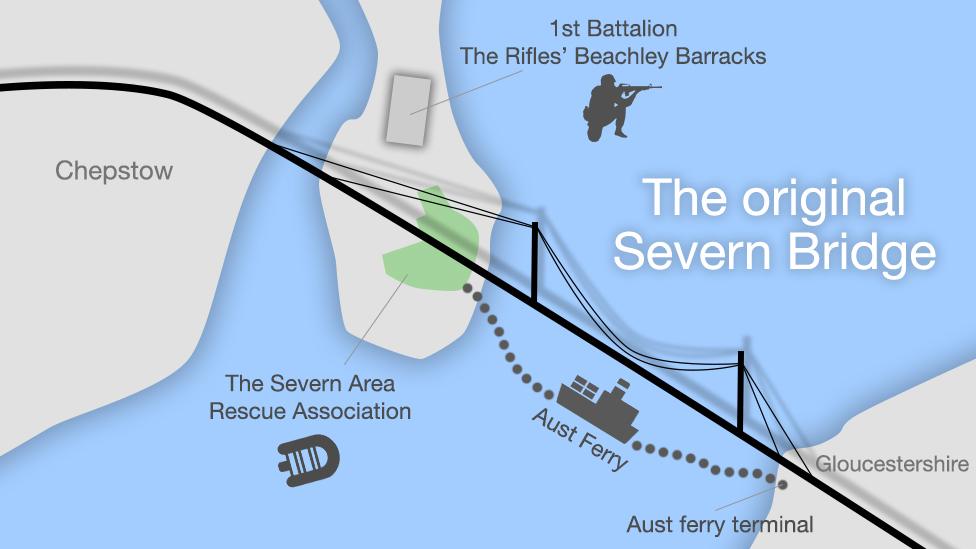
The Severn Bridge runs from Aust, Gloucestershire, and passes over the River Severn, a peninsula that includes Beachley and the River Wye before arriving in Chepstow, Monmouthshire
"It is a border town that should be treasured with its own personality," said town councillor Ned Heywood, of Chepstow.
"It doesn't have to be English and it doesn't have to be Welsh. When the rugby's on, there's about half and half from each. But we don't fight here. It's a friendly rivalry."
The 3,240 ft (988m) original bridge transports about 13,500 motorists every day, but Mr Heywood believes a number avoid the £6.60 toll by taking the nearby A48 bridge over the River Wye through the town centre.
"Because of that, Chepstow has some of the worst air quality in the UK, with lorries coming through. When there is a breakdown, it brings the town to a halt," he said.
"When the [Severn] bridges pass to public ownership, hopefully some of the surplus [from the tolls] will be used to build a bypass around Chepstow."
Despite this, he said Chepstow had become "an amazing centre for commuting" - with London two hours away and people from Bristol finding it an attractive and cheaper place to live despite the tolls.
This has contributed to "an artistic and creative fusion of the Welsh and English cultures," added Mr Heywood.
An example of this is the 180-strong Chepstow Singing Club - predominantly non-Welsh speakers who sing in Welsh with the help of a bilingual opera singer - who made a huge impact on the National Eisteddfod audience in Abergavenny in August.

Despite the border spirit created around the bridge, relations between people identifying as Welsh and English have not always been quite so cordial.
In 1963, Chepstow Urban District Council gained enough enthusiasm from people living in the nearby Bulwark area to press ahead with plans for a new social club.
Webbs Brewery, of Aberbeeg, Blaenau Gwent, provided a loan and an area known as Claypits Farm was bought for £5,000.
However, the creation of the Chepstow Labour and Bulwark Social Club was not welcomed by all with the words "Taffys go home" daubed on its walls when it opened in 1965.
But a year later, the bridge was opened and the renamed Severn Bridge Sports and Social Club has since become a focal point for many in Wales as well as some on the English side.

The UK government takes control of both crossings in 2018 when the £330m cost of building the second Severn Bridge is paid off
While the original bridge has been transporting cars since 1966, the stretch has been used as a crossing between England and Wales since Roman times.
Legions of soldiers were ferried across during the time of their empire, before it was monks travelling to Tintern in the 12th Century.
However, not everyone trusted the stretch in bad weather. Writer Daniel Defoe was reported to have refused to board a boat, concerned it may not get him safely across.
While the Aust Ferry began taking cars across in 1926 - saving motorists a 60-mile (97km) round trip via Gloucester - the idea of a bridge was first suggested by Thomas Telford in the 1800s, to help speed up mail coach services between London and Wales.
But no further action was take, with rail becoming the dominant form of transport, and a Severn Railway Bridge and then a Severn Tunnel opening.
It was not until after World War Two that a network of trunk roads was proposed, one of which included the bridge over the River Severn.
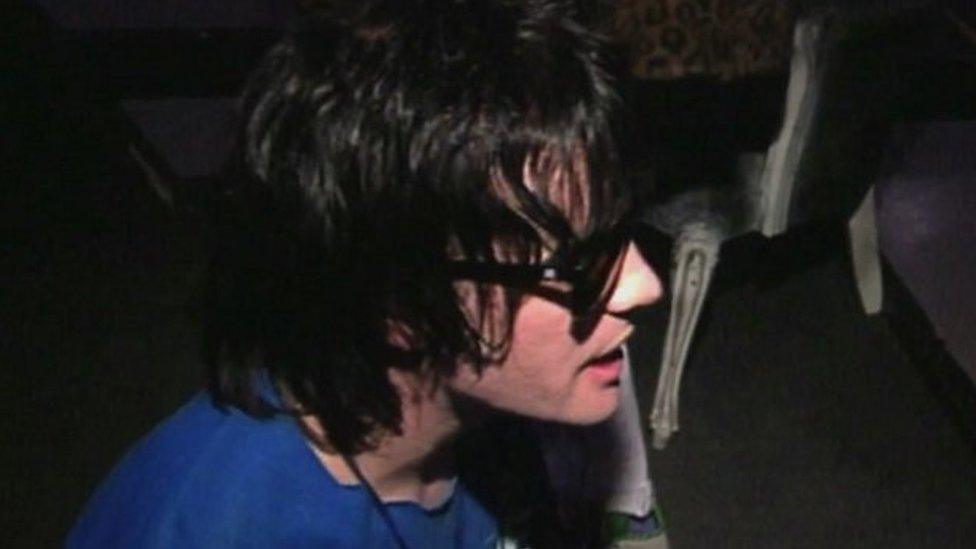
Richey Edwards, of Manic Street Preachers, went missing from the London Embassy Hotel in February 1995 just before he was due to embark on a promotional tour of the USA
With the Aust Ferry no longer needed, the Severn Area Rescue Association moved into its former base in the shadow of the new structure and now uses the slipway.
While the service has six stations - including a new one in Newport- the charity's Mervyn Fleming said Chepstow was the busiest.
"We have about one call-out a week, ranging from boats getting stuck when the tide goes out or when they are out of petrol, to sailing crews getting into trouble," he said.
"There are lots of bridges in the area, so, unfortunately, we also get called to about six suicide attempts a year."
In February 1995 the Vauxhall Cavalier of Manic Street Preacher Richey Edwards was found abandoned at the old Aust service station near the original bridge.
While many theories have been proposed as to what happened to him, no trace has ever been found and he was declared legally dead in 2008.

Lifeboats after leaving their base in Beachley
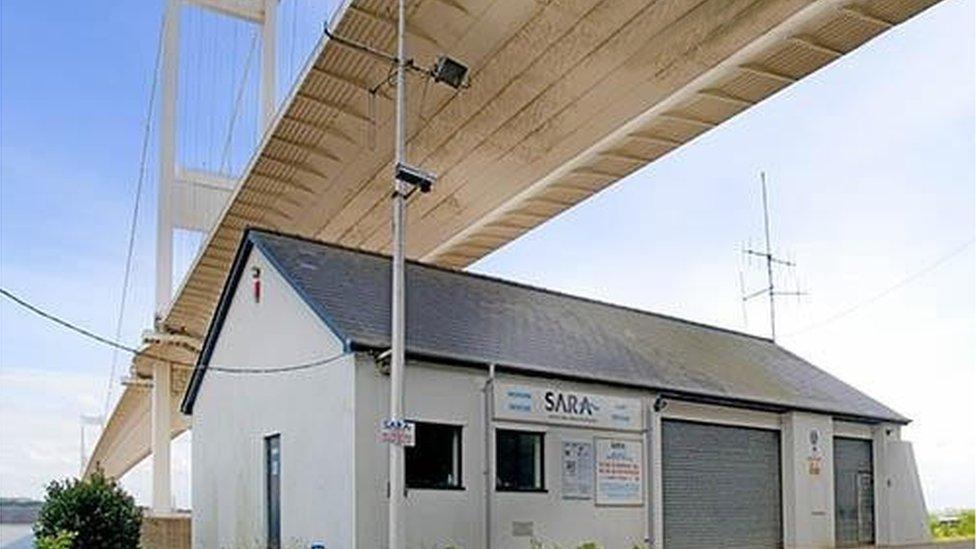
The Severn Area Rescue Association base is under the bridge in the spot from where the Aust ferry used to cross

The Second Severn Crossing opened in June 1996, with its £330m construction cost dwarfing the £8m it took to create the first.
To cover this outlay, cars were initially charged £3.80 to use both bridges, a fee which has since risen to £6.60.
However, you can cycle over the old Severn Bridge for free as it forms part of the national cycling network.
It is also closed to traffic once a year to allow 2,500 people to take part in the Severn Bridge Half Marathon.
Organiser Andy Creber said it was a "unique" race as not only was the motorway (the M48) closed for it, the route crosses from one country to another and back again.
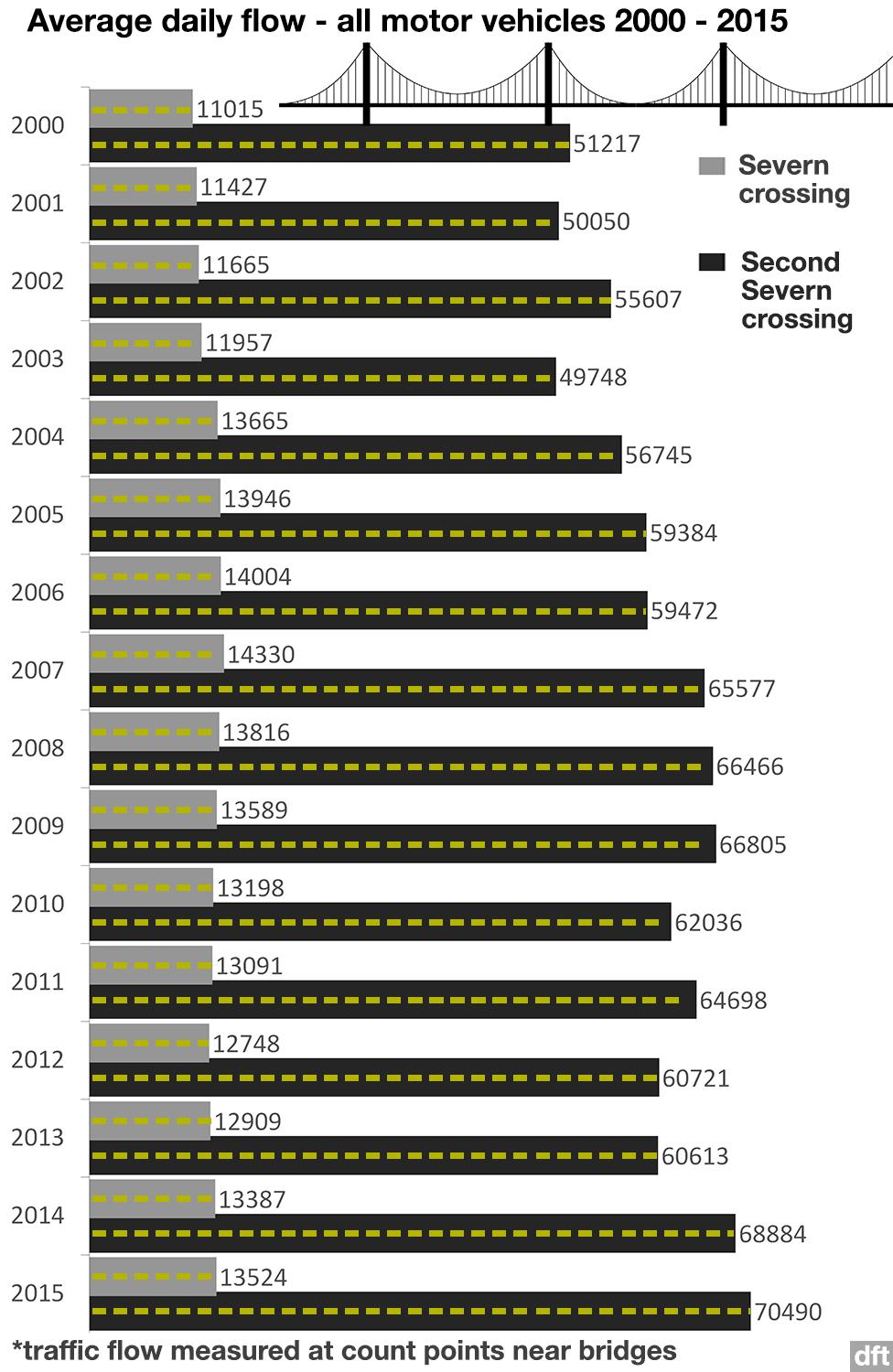
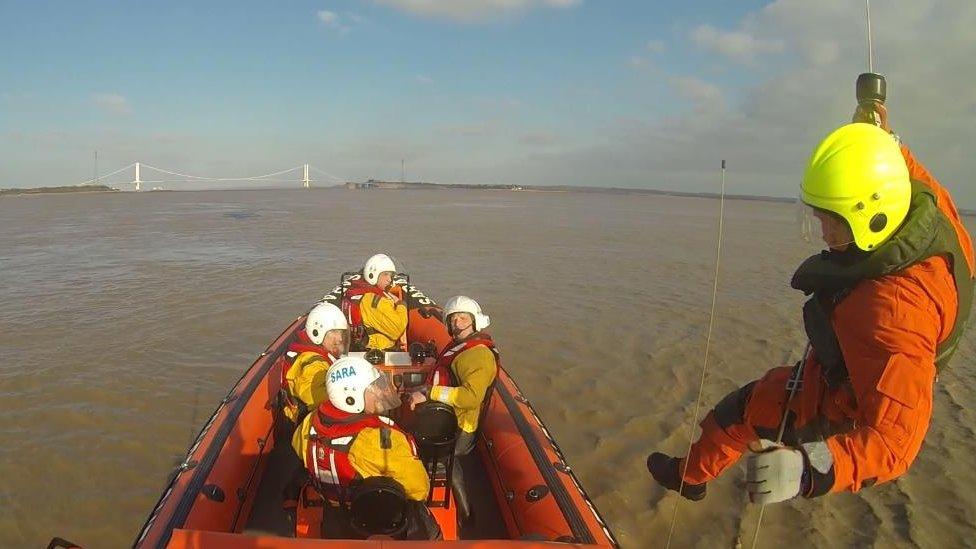
The Severn Area Rescue Association responds to incidents in the waters surrounding the bridge
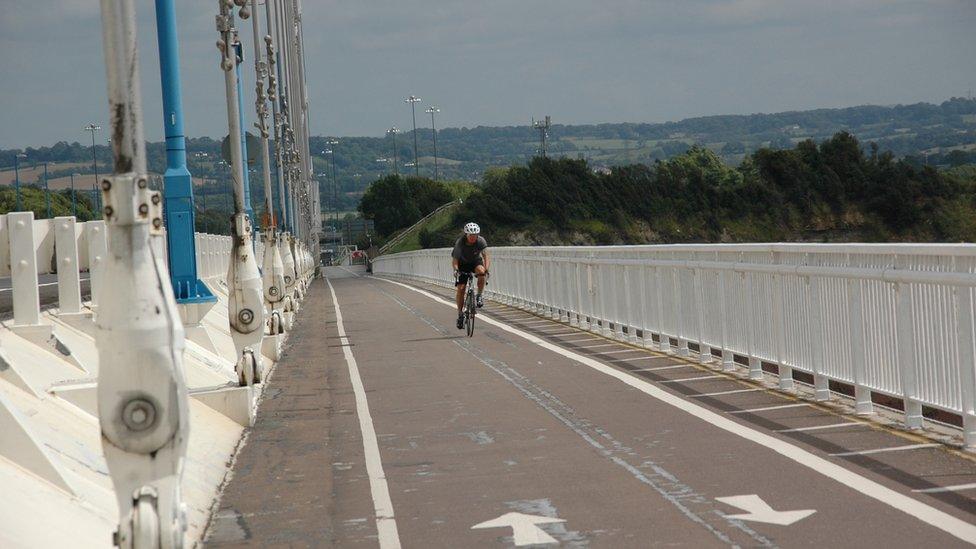
Cyclists can use the Severn Bridge for free
Graphics by Gwyndaf Hughes
- Published8 September 2016
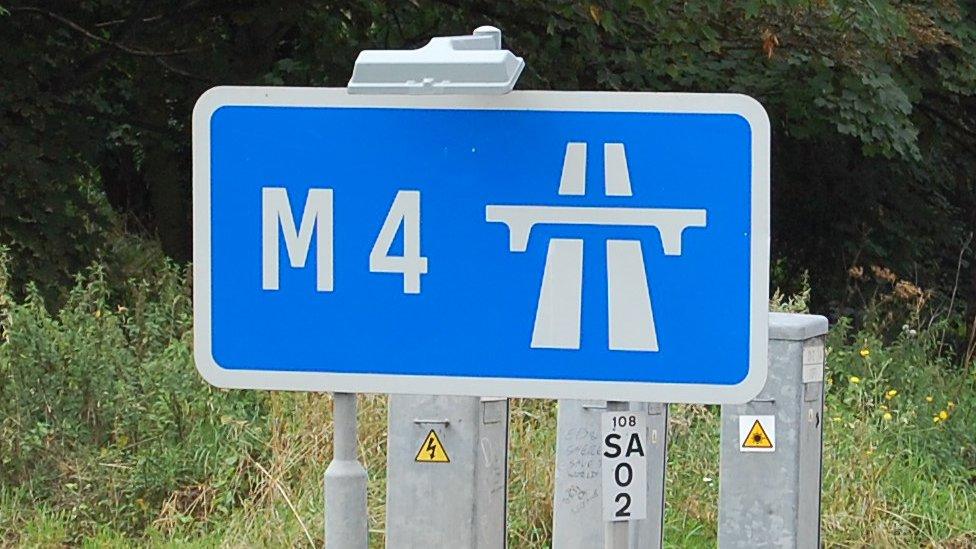
- Published24 July 2016
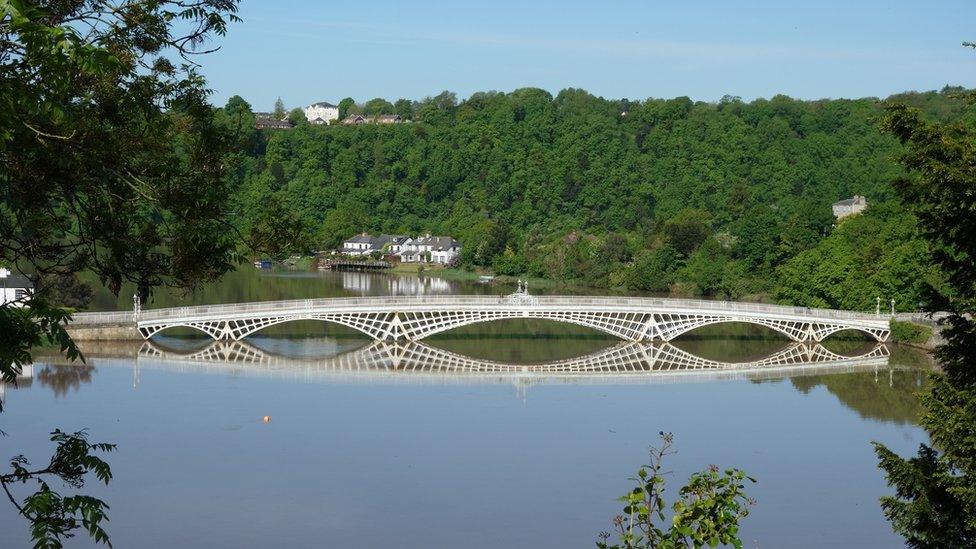
- Published5 June 2016
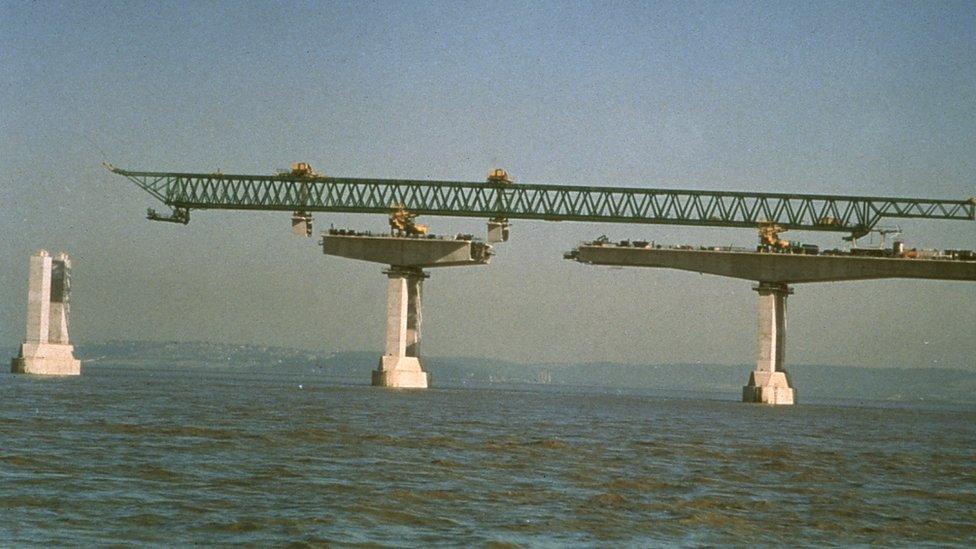
- Published13 April 2016
